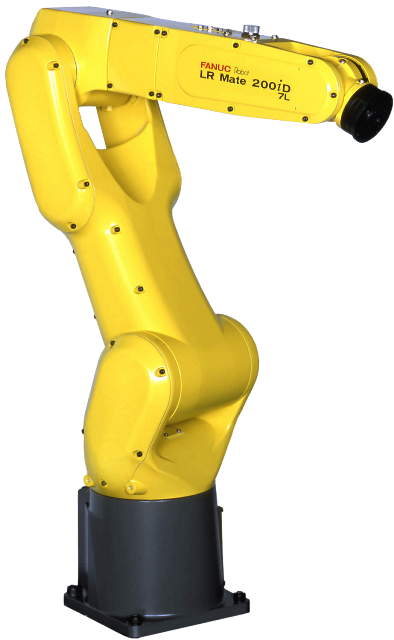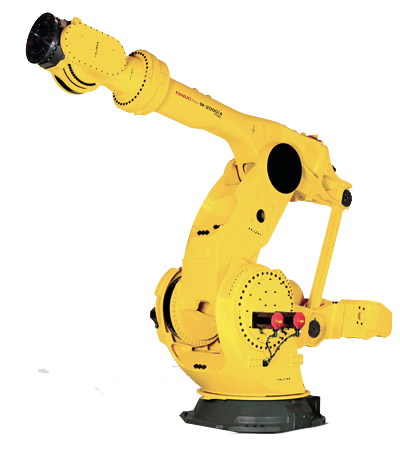Automating Screwdriving with Robots
Screwdriving is a common fastening process used on assembly lines. It can be a highly repetitive and tedious task making it ideal for robotic automation.Automated screwdriving involves using industrial robots to pick and drive screws into workpieces in order to assemble products. Robot manipulators can be used in two ways in order to automate screwdriving. The first is utilizing the manufacturing robot arm to pick up screws and then fasten them into the workpiece. The second method is to utilize factory robots for orienting and feeding parts to a static screwdriving machine. How you automate your screwdriving process will depend upon the complexity of the workpieces.
What Types of Industrial Robots are Best for Screwdriving Applications?
Screwdriving applications can be automated by articulated, cartesian, SCARA, and collaborative robots. Six-axis articulated robots are best for automating screwdriving tasks with complex parts or those in which screws must be fastened from multiple angles. The full range of motion of the FANUC LR Mate 200ic allows it to access parts from any angle which is ideal for parts with complex geometries. Six axis robots are also ideal for working with larger parts.Cartesian robots are ideal for screwdriving applications involving large work areas. Since these robotic manipulators are mounted overhead on a track system, they have bigger work envelopes with the ability to move across large components. The fuselage of an airplane is a good example of a screwdriving application that would be ideal for cartesian robots.
SCARA robots are best for automating simple screwdriving processes involving small parts. The fixed Z axis of SCARA robots makes them ideal for automating simple screwdriving tasks as it provides greater precision. The FANUC SR-6ia can quickly insert screws without sacrificing precision since its rigid Z axis prevents it from pivoting while operating.
Collaborative robots are ideal for automating screwdriving applications involving a high mix of parts. Cobots allow for quick changeover times of five minutes or less. With the Universal UR5 little time is wasted while changing parts due to hand guidance programming. When changes need to be made, guiding the industrial robot arm through the new application path allows users to quickly program and redeploy it. Cobots can also directly assist workers on screwdriving tasks with their barrier-free operation.
Signs Your Production Could Benefit from Automated Screwdriving
- • Slow Cycle Times - If your screwdriving process is plagued by slow or inconsistent cycle times then it is a sign it could benefit from robotic automation. Slow screwdriving can cause a bottleneck in your operations and hinder other processes of your production. Assembly robot provide fast, accurate, and consistent labor allowing for faster cycle times.
- • Labor Issues - If you are finding you are using a good portion of your employees for screwdriving tasks or are having labor shortages, then these are signs it is time to automate. Screwdriving is a repetitive process, automating it frees up your employees to focus on more critical tasks. While labor shortages hinder the productivity of your operations. Filling in labor gaps with industrial robotic arms resolves shortages and removes the strain of extra work from your remaining employees.
- • Failing to Meet Consumer Demand - If your company is failing to meet your consumer demand due to low productivity then it is time to automate screwdriving. Factory robots speed up cycle times, improve quality, and eliminate bottlenecks allowing for higher productivity.
Robots Done Right is the place to start when it comes to used robots. Contact us if you are interested in buying or selling your used robot.




